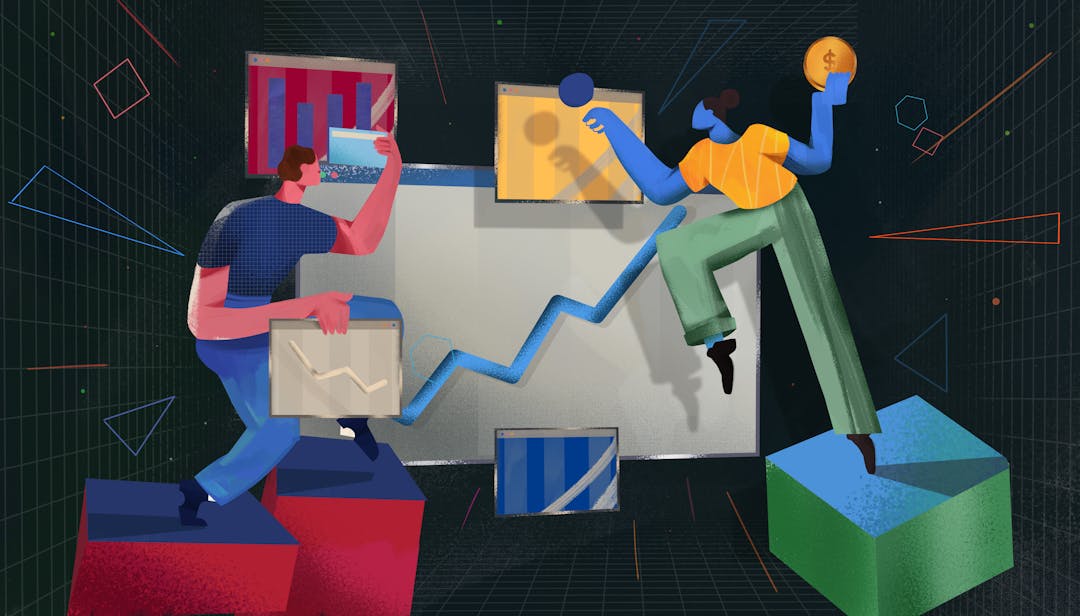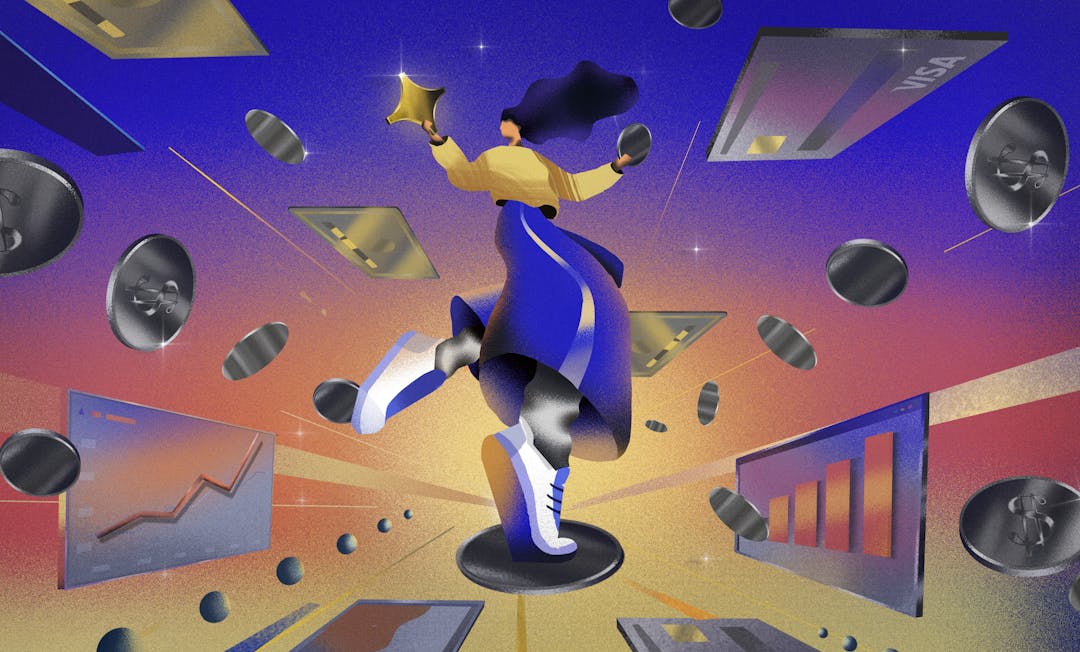This is a guest post from Karolis Toleikis, co-founder and CEO of IPRoyal. IPRoyal is an all-in-one mobile, datacenter, and residential proxy server provider that helps countless businesses, organizations, and individuals worldwide improve day-to-day operations and protect their sensitive data.
Marketing automation offers several important advantages, from effortless scalability and improved customer experience to delivering personalized recommendations and increasing the ROI of marketing campaigns. Here are the most influential marketing automation trends your company could benefit from.
1. Artificial intelligence and machine learning solutions
With more and more businesses recognizing their value, AI and ML solutions have found their way into all kinds of services we use every day. According to Earthweb, 48% of companies use machine learning, deep learning, natural language processing, and data analysis to make use of large data sets.
Artificial intelligence and machine learning can power advanced chatbots, analyze behavioral patterns, automate email campaigns, and a lot more. It's also capable of gathering insights on client behavior and engagement, which help deliver personalized content to buyers at different stages of their journey.
Since these solutions have made their way into almost every aspect of modern marketing with no signs of slowing down, some people think they could eventually replace marketers altogether – though it’s not likely anytime soon. Instead, your business should use AI and ML as tools for marketers to manage their time and resources better while focusing on things that matter.
2. The omnichannel experience
Marketing automation enables the integration of marketing channels, providing customers with a fully seamless experience: email, search engines, social, content, and mobile marketing. The aim is to offer the right information at the right time to the user, regardless of how they get to your website or social media accounts. Automation helps identify these touchpoints and eliminates the need to use different marketing tools for every channel.
Let's say you want to buy a new smartphone. You can perform a Google search to find the most popular models and recommendations for different pricing ranges and then visit a manufacturer's social media accounts to find out more. You can also email them and ask for recommendations or get more information on the model you're interested in. Regardless of how you interact with them, you expect to get useful information that will help you make the decision.
This is what omnichannel marketing aims to deliver. It's no surprise that 87% of retailers claim this type of marketing is crucial for their operations, but only 8% say they managed to master it. This disparity has led to high demand for technology that integrates marketing over multiple channels. As marketers become familiar with the advantages of omnichannel marketing, the demand for integrated marketing solutions will grow.
3. Conversational marketing and sophisticated chatbots
Many companies are using chatbots on their websites and social media to improve their customers' experience. Previously, these solutions only had a limited set of answers to handle the most common user queries. Dealing with a bad chatbot did more harm than good because the automated responses that may or may not be useful made consumers skeptical.
The rise of AI and ML resulted in development of far more sophisticated solutions. These new chatbots can modify their responses based on demographics, user behavior, and other factors, offering personalized recommendations, product demos, and free trials. Since they can offer so much more than basic customer support, advanced chatbots can close deals faster and improve lead generation.
Example: RapidMiner
With growing site visits, they no longer had the capacity to engage with each visitor but still needed an efficient way to determine which of them were most likely to buy. RapidMiner decided to ditch the traditional lead capture forms and use a "sales assistant" chatbot called LeadBot, developed by Drift to streamline the lead generation process for the sales team.
When visiting the site, users are greeted by LeadBot, who starts the conversation. As soon as the bot gets an answer, sales staff members are brought in to monitor the conversation and decide the right time to jump in. This tactic offers the best of both worlds - the bot engages each visitor, while the team can focus on other tasks and enter the conversation at the right time.
The chatbot also collects all relevant data from these interactions that help create a more personalized experience for each visitor. In many cases, LeadBot is capable of handling the whole conversation on its own. Most visitors end the exchange by thanking the bot, which is the best proof of how close to a human sales rep it can get. The results? LeadBot managed to capture thousands of leads, bringing $1 million into RapidMiner's sales pipeline.
4. Hyper-personalized content
All marketers know that a one-size-fits-all marketing strategy simply can't get the attention of your target audience. The only way to target different types of customers is through a personalized marketing approach. While personalization significantly improves customer relationships, marketers can't expect personalized email subjects to do the trick anymore. Modern consumers need more.
The demand for personalized content and recommendations has increased significantly in recent years, so it's essential to monitor user behavior and use that data to tailor a custom experience for each existing and potential customer. Hyper-personalization has invaded every part of marketing, from ads to search engine results.
Marketing automation is a real necessity for any business looking to automate repetitive tasks, and save on resources like time and money, and focus on other matters. If you're still on the fence about utilizing any of these trends, don't forget that the modern marketing landscape is constantly changing, and keeping up with the latest trends means staying relevant.




